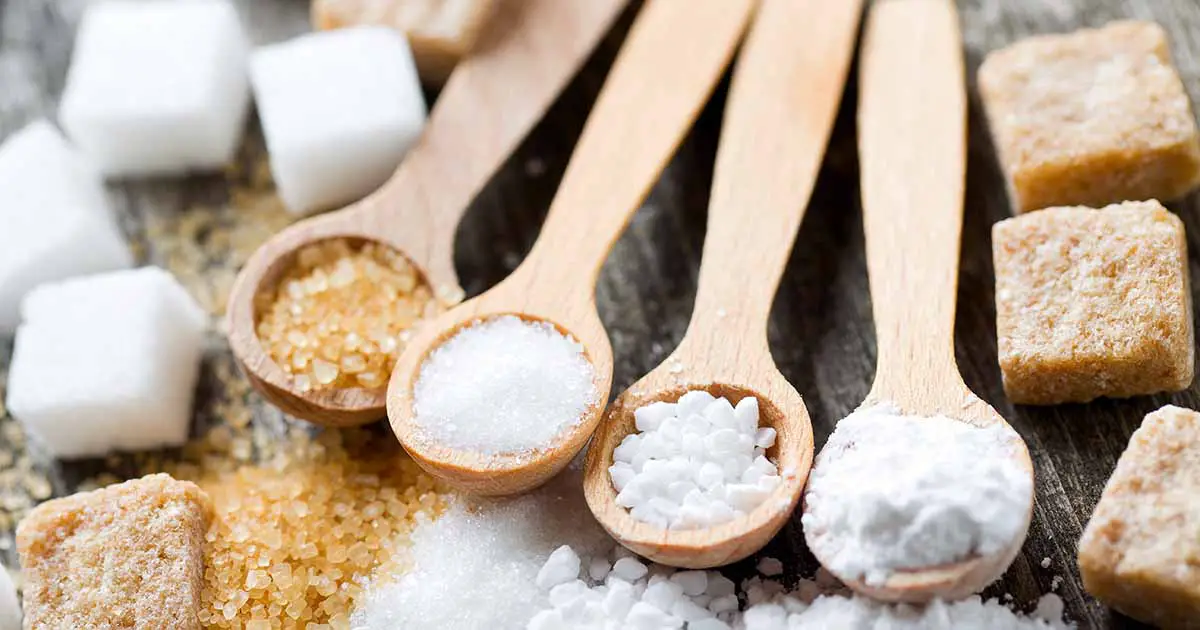Techniques used in pre-preparation:
Raw materials used in food production are mostly natural products. They are available in various shapes and weights. For example, no two potatoes or onions will be the same in size, shape, and weight. No two red pumpkins will be of the same size, shape, and weight. Preparing finished product calls for basic uniformity in size, shape, and weight. This is the base for uniformity in cooking and also the appearance of the food. Breaking down the raw materials into the required form is called ‘pre-preparation’. Following are a few pre-preparation techniques –
· Washing – superficial dirt is removed during washing. Vegetables, fish, meat and sometimes even eggs are washed with cold water before any other process. These days this is done at the very entrance of the store to prevent any dirt and mud entering the store /kitchen/workplace. Water-soluble vitamins and minerals are lost if they are soaked for a long period of time or washed after cutting.
· Peeling and scraping – spoilt, soiled and inedible portions are removed. Skins of potatoes, carrots, radish or fruits can be removed by peeling. Smaller ingredients like ginger, galangal are scraped. Peel off as little of the fleshy part as possible. If vegetables like carrots are washed well, their peels could be used for making stocks.
· Paring – remove surface layers by using a circular motion as in paring an apple.
· Cutting – reducing to smaller parts with a knife or a pair of scissors. When a chopping knife or a food chopper is used, it is termed as chopping.
Cutting into even size cubes — — — dicing.
Cutting into very fine pieces — — — mincing.
A cutting (especially green leafy vegetables &
cabbage) into fine, long pieces — shredding.
Cutting into slightly thicker, flat pieces — slicing.
· Grating – reducing to fine particles by rubbing over a rough, sharp surface.
· Grinding – reducing to fine fragments by crushing in a mill, a grinding stone or an ostirizer.
· Mashing – breaking up soft foods like cooked potatoes. {SMASHes are in boxing, NOT is food production}
· Sieving – passing through a mesh to remove impurities or to break down into even parts or to enclose air.
· Milling – used for cereals, to remove the husk.
· Steeping – extracting coloring or/and flavoring by allowing ingredients to stand in water at a simmering temperature.
· Centrifuging – Separate two parts of a substance by application of whirling force like separation of cream from milk.
· Emulsification – Blending or mixing to non-mixable (insoluble) liquids by application of force.
· Evaporation / Reduction – removal of moisture by heating.
· Homogenization – a subdivision of large drops into smaller ones by forcing them through a small opening under great pressure.





